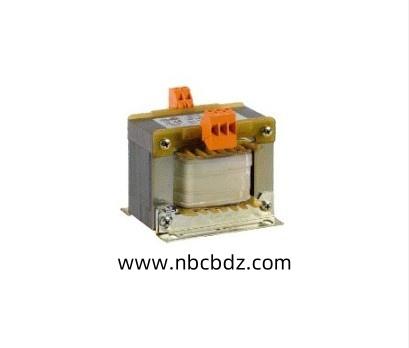Automotive and Industrial Applications Driving Metal Casting Market
Metal casting is a manufacturing process that involves pouring molten metal into a pre-shaped mold, allowing it to solidify, and then removing the formed object. It is one of the oldest and most versatile manufacturing techniques, used for centuries to produce tools, machinery, and decorative items. The process begins with the creation of a mold, which can be made from sand, metal, or other materials capable of withstanding high temperatures. Once the mold is ready, molten metal is poured into it, taking the exact shape of the cavity. After cooling and solidification, the casting is extracted, and finishing operations such as grinding, machining, and surface treatment are performed to achieve the desired quality.
The industrial significance of metal casting cannot be overstated. It allows the creation of complex shapes that would be difficult or impossible to achieve through other manufacturing methods like forging or machining. Components such as engine blocks, turbine blades, pipes, and structural frameworks are commonly produced through casting. Industries such as automotive, aerospace, construction, and energy heavily rely on metal casting for the mass production of parts with high precision and durability.
Moreover, metal casting is adaptable to a wide range of metals, including iron, aluminum, copper, steel, and alloys. Each metal brings its unique characteristics, influencing the choice of casting method and mold design. For instance, aluminum is lightweight and has excellent corrosion resistance, making it suitable for automotive and aerospace components. On the other hand, steel offers superior strength and durability, ideal for construction and heavy machinery applications.
Modern advancements in casting technology, including computer-aided design (CAD) and simulation software, have revolutionized the industry. These tools enable engineers to predict flow patterns, solidification, and shrinkage before the actual casting, reducing defects and material wastage. Automation and robotics in metal casting facilities have further enhanced precision, consistency, and production efficiency.
Environmental and sustainability considerations are also becoming increasingly important in the metal casting industry. Efficient recycling of scrap metal, energy conservation, and minimizing emissions during melting and pouring processes are key focus areas. By adopting eco-friendly practices and advanced technologies, metal casting can continue to meet industrial demands while reducing environmental impact.
In conclusion, metal casting remains a foundational manufacturing process that combines ancient techniques with modern technology. Its ability to produce complex, high-strength, and durable components makes it indispensable across various industries. With ongoing innovations and a focus on sustainability, metal casting will continue to evolve and maintain its critical role in industrial development.





